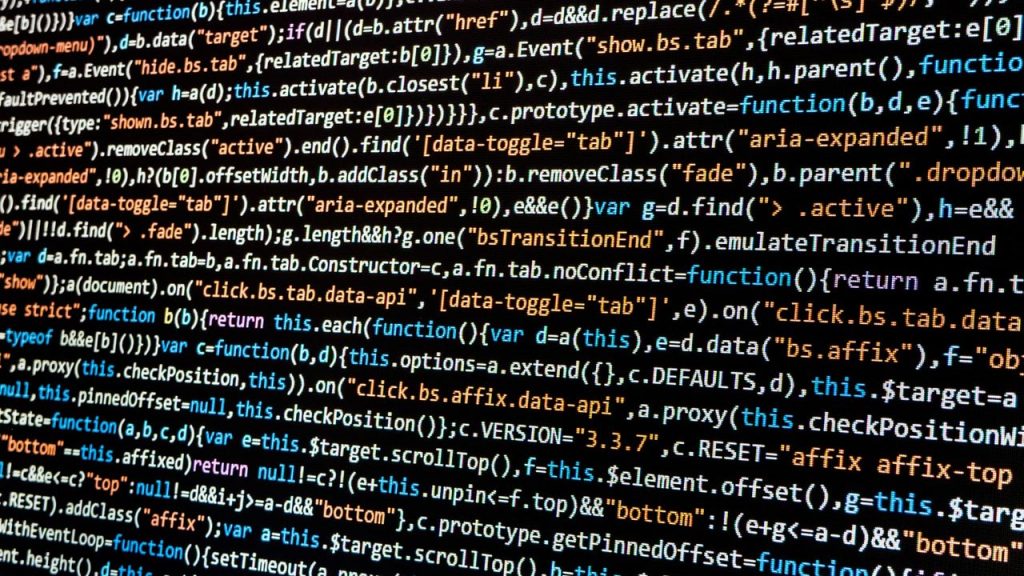By Shoaib Naveed | Consultant, Government Incentives
Following on from the issues raised by the software industry in the late months of 2018, AusIndustry recently released a
set of guidance on making R&D claims on software development activities as well as on the
common mistakes and misconceptions claimants often make. This has shone some light into how this contentious area of the legislation is defined and, more importantly, how you will need to assess your activities.
What it’s about
1. Distinction between innovation and R&D
Using the
Frascati Manual (PDF) as the basis, AusIndustry has distinguished that developing an innovative software product does not necessarily mean that new knowledge, a key requirement for
core R&D activities, is being generated.
2. Misconception on eligible R&D activities
AusIndustry has listed activities that are commonly mistaken as core R&D activities from a software development perspective such as debugging and digitisation of manual processes.
3. Documentation Guidance
Within the new guidelines, AusIndustry has provided specific guidance regarding the types of documentation that could be used to illustrate specific elements of the R&D activities.
How it impacts you
When developing a new software product, you will need to make a clear distinction about what activities would generate new knowledge to the worldwide industry. AusIndustry lists some examples such as the development of new operating systems and/or languages, search engines, new/improved algorithms.
Conversely, you must consider that some activities, which are inherently part of software development, may not be considered as R&D by virtue of being routine and not generating new knowledge. Some of these, which AusIndustry has listed in an
earlier guidance (PDF), include debugging, beta-testing, data migration, digital transformation of previously manual processes, and automated reporting. It should be noted that these may be considered as
supporting activities if they directly support an eligible core R&D activity.
Furthermore, even if you are using new software development techniques (e.g. agile practices), it is crucial that you still maintain detailed contemporaneous documentation which evidence that the activities have taken place and that new knowledge was generated. AusIndustry’s list, which includes items from literature reviews, experimental records, board meeting minutes, etc., emphasises that a wide range of documentation can collectively evidence the activities.
What you need to do
1. Identify the distinction between innovation and R&D
In developing your new software, you should identify specific areas where new knowledge is being generated. You should also consider whether a competent professional in the software field can develop the product without a thorough experimentation process
2. Make sure the R&D activities claimed are eligible
Ensure that the core R&D activities that you are claiming are not within the realm of routine or business as usual activities, i.e. activities that are part of day-to-day software development.
3. Keep detailed records
Always keep detailed records of the experimental activities as they are performed. Both formal and informal records can be kept; the goal is to have your activities documented.
AusIndustry’s guidance strove to provide a more definitive framework on the contested area of software R&D. Acknowledging new developments and emerging challenges in software development, this aims to ground the application of the legislation for the software industry.
If you believe your software development activities are eligible for the R&D Tax Incentive or if you would like further clarity on the new guidance, then
speak with CharterNet today.


